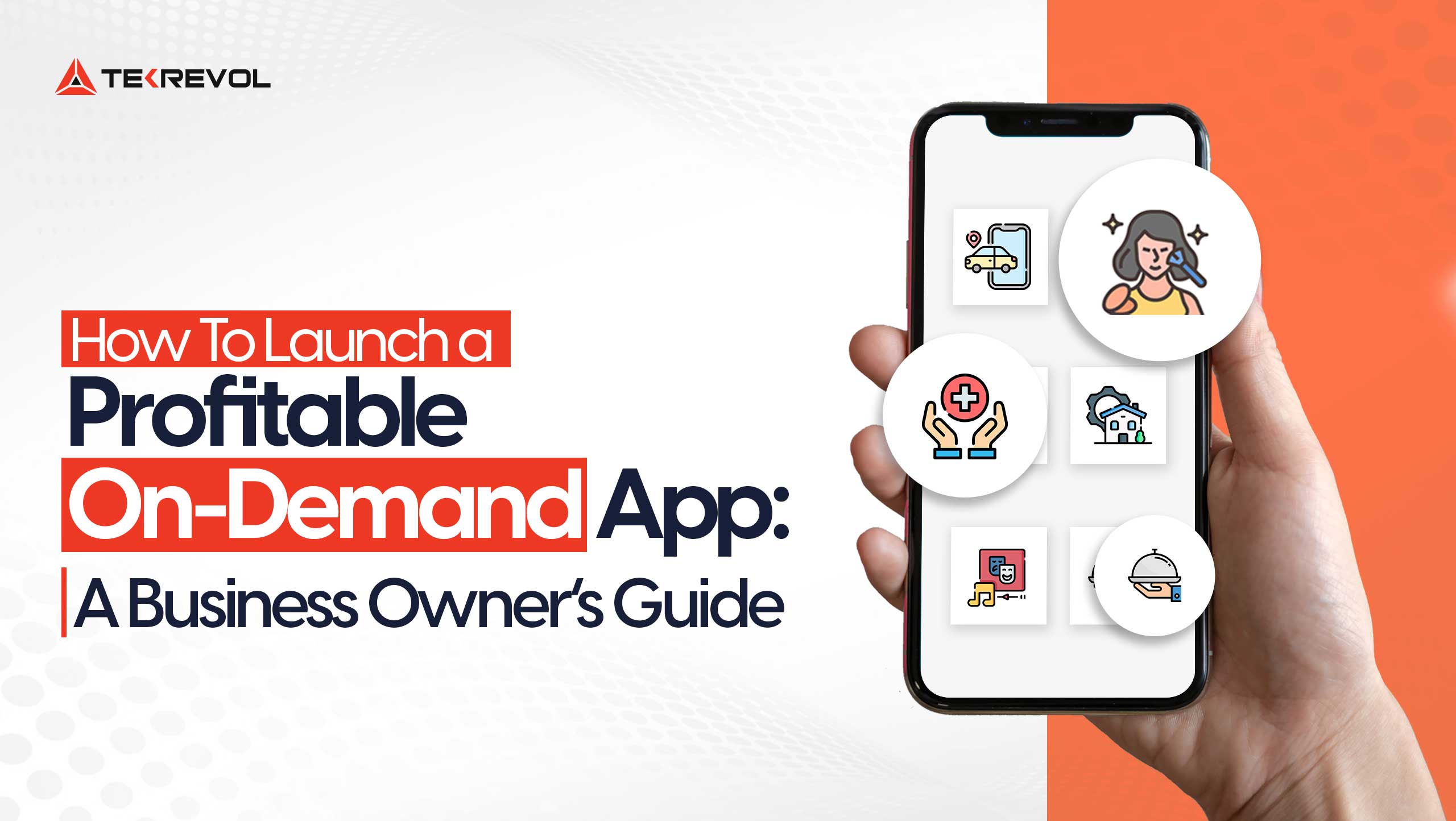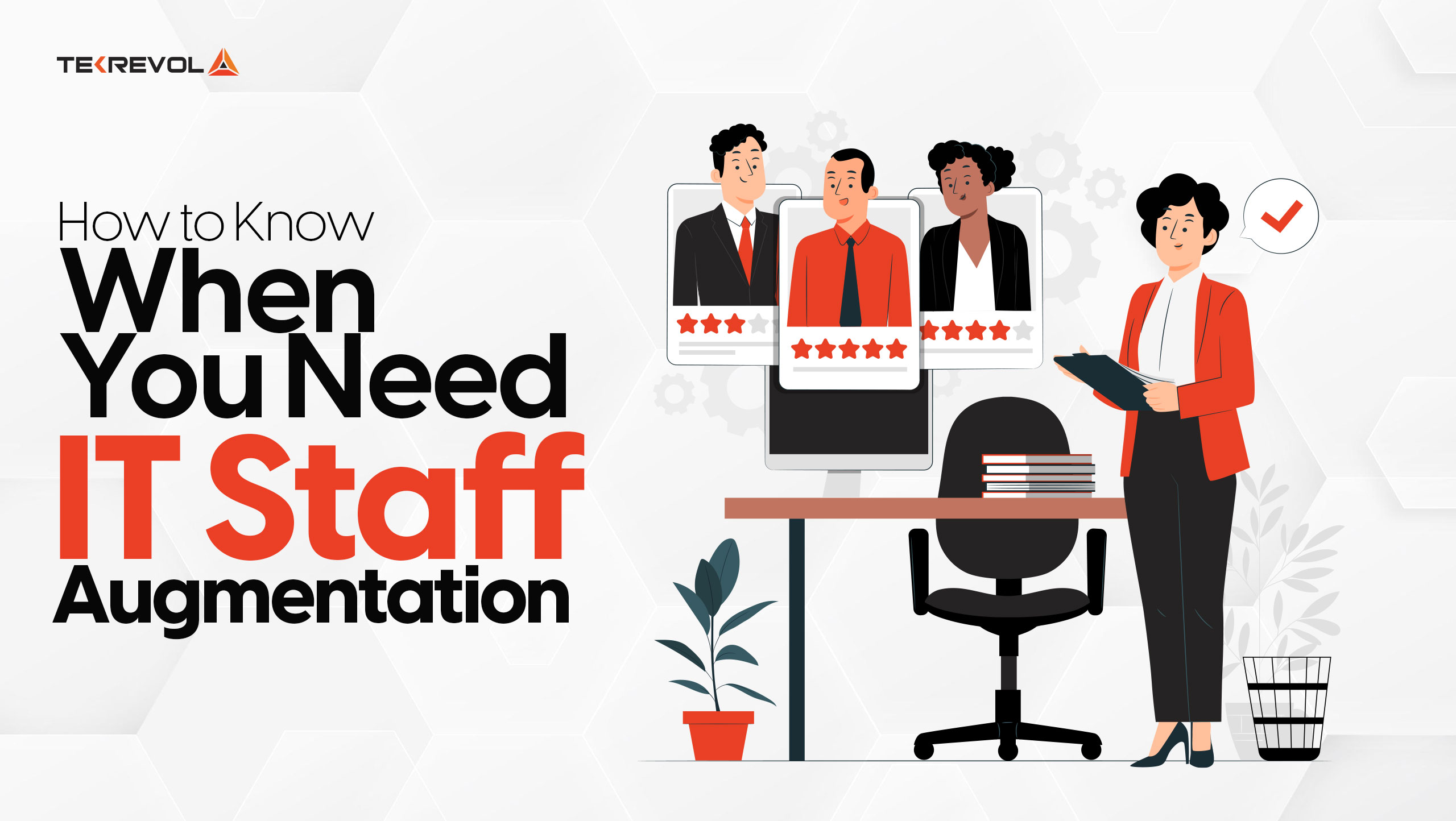The new generation of startups is now leading to a new kind of revolution of on-demand apps that makes it easier for businesses to deliver services directly to users’ smartphones. So if you are planning to take your service into the on-demand environment, you are on the right track.
As reported by Statista, about 50% of users are currently using on-demand applications. Additionally, almost 60% of customers are prepared to incur extra costs for same-day delivery, a statistic that is anticipated to rise in the years ahead.
Think about the possibilities of increasing your customer base and satisfying their needs right when they arise—this is the concept of an on-demand app.
The truth of the matter is that one needs more than just a bright idea to make it through the on-demand app market. It takes a lot of strategy, a user-centric design, and the right on-demand development partner who will guide you through to stand above the rest.
In this blog, we will guide you through the critical steps, from your brainstorming session to steps to create an on-demand app and everything after.
- Excited to enhance your service with an on-demand app?
- Excited to enhance your service with an on-demand app?
What is an On-demand App Development?
An on-demand app might be an ideal web or mobile application for stakeholders looking to meet the current needs of end users. The apps allow users to receive services as rapidly as possible or purchase products, resulting in significant user engagement.
Furthermore, numerous on-demand programs allow users to select services based on the costs offered and provide the chance to compare different suppliers.
Uber’s best practices can serve as an example for stakeholders looking to enter the on-demand market. It reshaped the service delivery model by allowing customers to get what they needed from providers. This has resulted in the establishment of numerous replicas, such as the food delivery app Zomato and housing Airbnb, demonstrating that the on-demand services model is feasible.
With the growing reliance on technology, stakeholders can develop an on-demand app to help consumers meet their demands more quickly and efficiently. It is not just about riding on a bandwagon; it is about preparing your firm for the future that is pounding at the door.
Why On-Demand Service Mobile Apps Are So Popular?
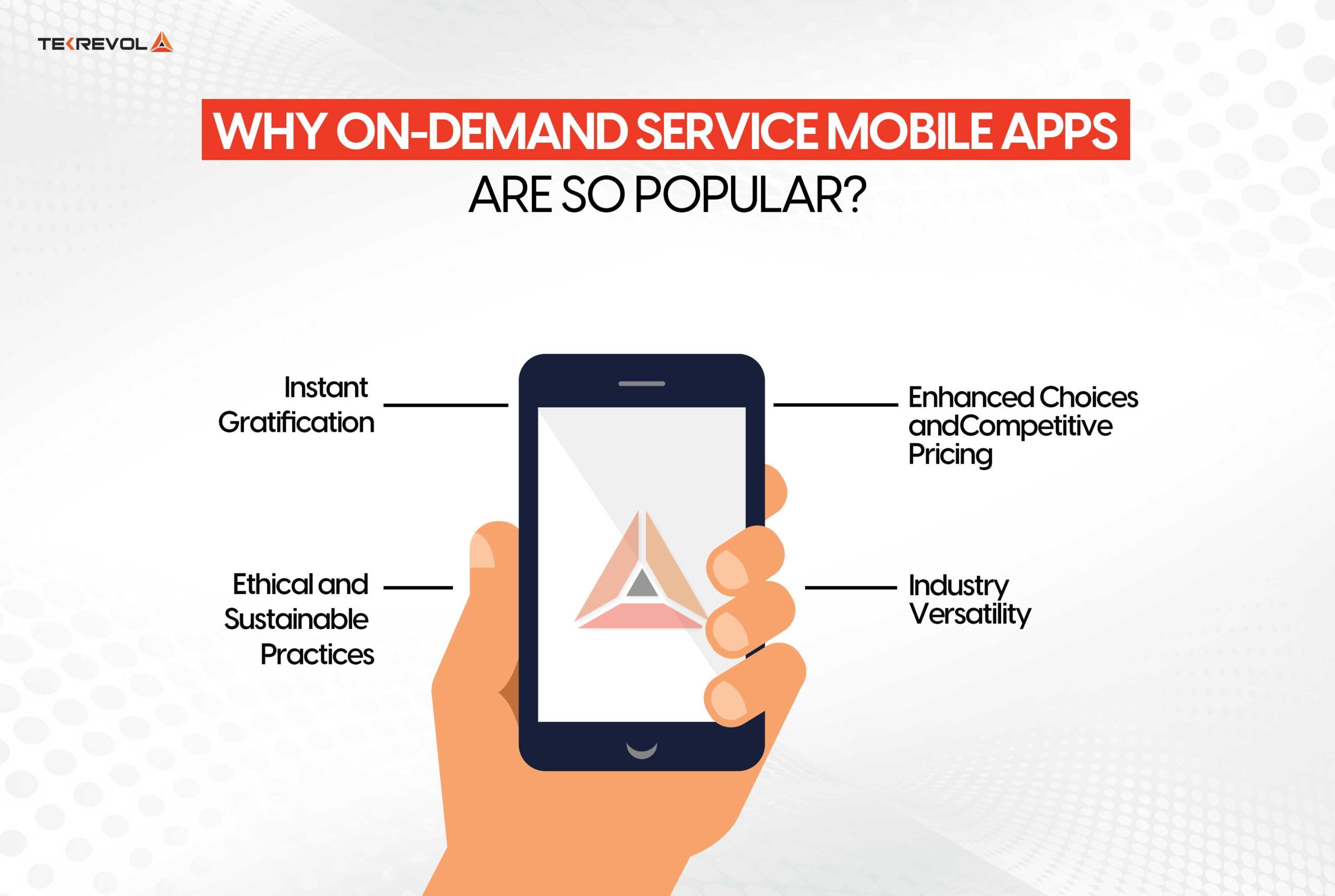
The increasing number of the gig economy as projected in 2016 has also contributed to the growth of on-demand apps. Here are some key reasons that make these applications incredibly appealing to consumers:
1. Instant Gratification
On-demand apps are designed to provide rapid enjoyment. These apps are utilized when users require immediate responses to their inquiries about items or services. For example, while using food-ordering apps, customers expect their meals to be delivered quickly.
2. Enhanced Choices and Competitive Pricing
Some on-demand apps function as platforms, allowing customers to quickly compare providers, increasing competition. This competitive atmosphere helps customers make informed selections by comparing costs, services, and ratings to get the most out of their investments.
3. Ethical and Sustainable Practices
On-demand apps are an essential component of the gig or sharing economy, which is typically more sustainable than traditional business models. For example, motivated contact center agents perform their tasks more efficiently than typical call center services.
4. Industry Versatility
The increasing popularity of freelancing work has resulted in operational demands for end-to-end services in several sectors. Starting with beauty and entertainment and on to the necessity for cleaning clothes or washing cars, there are options for practically every industry, effectively meeting the diverse needs of consumers.
Top Two On-Demand Business Models for Your Venture
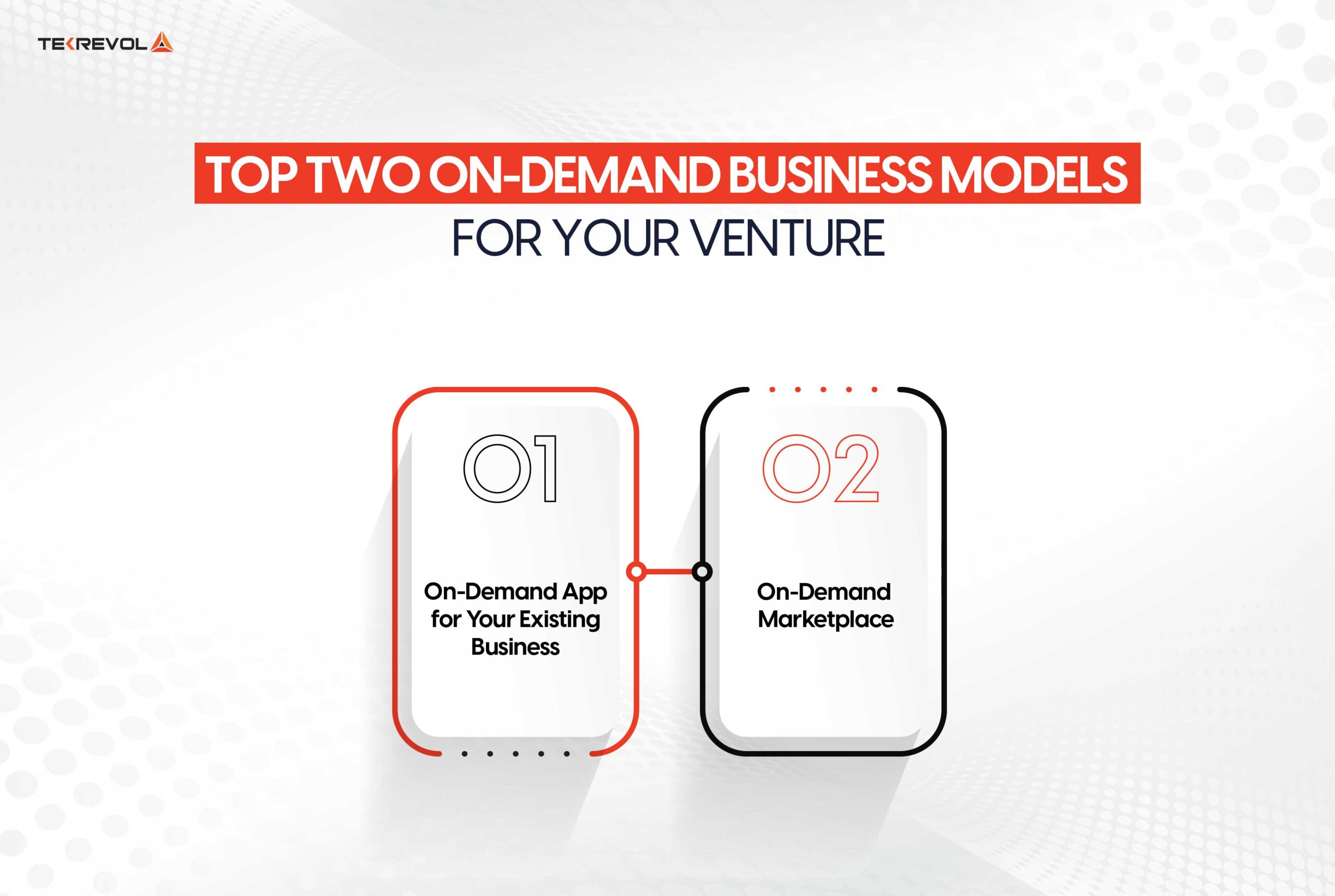
First of all, before you begin developing your On-Demand App development process, you must decide the ideal business strategy for your aims.
1. On-Demand App for Your Existing Business
Those who already have a business can extend and improve their services by offering rapid delivery. For example, a flower store can develop an application that allows consumers to get flowers delivered straight away. This concept is excellent if your clients need an easier way to access your products.
However, one should consider not just the costs of producing this app, but also the expenditures associated with delivery vehicles.
2. On-Demand Marketplace
It is generally not as challenging to establish a single business app because you won’t have to arrange for the production or delivery of goods or services. However, your task will be to develop a Web or mobile application that will help users interact with various providers.
DoorDash is a standout example of an on-demand marketplace, providing a platform that connects customers with a variety of local dining options and food providers. This is where the idea needs to be perfectly defined and most importantly targeted to the needs of the user.
Essential Features of an On-Demand Service App
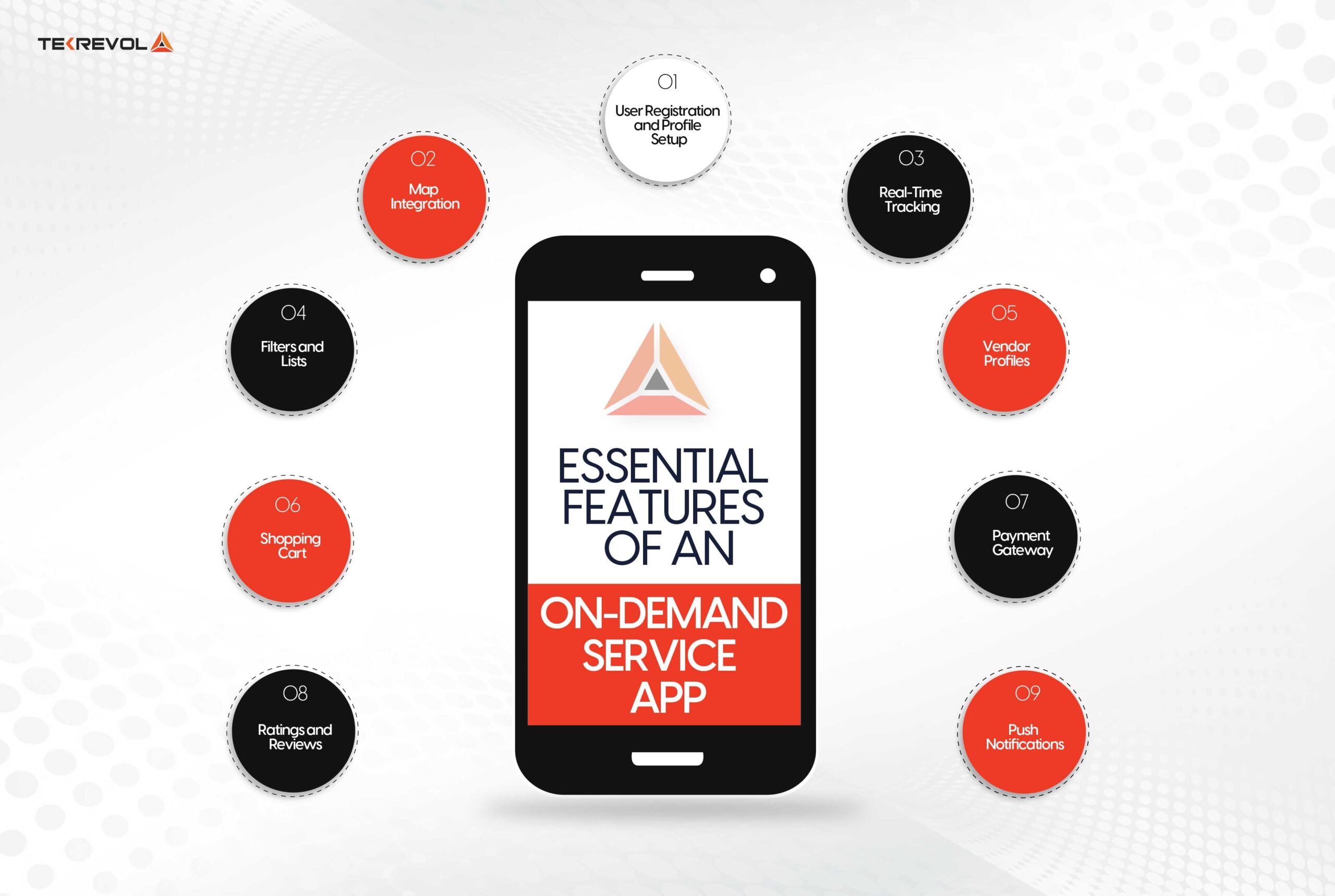
The development of an on-demand service app often involves defining certain aspects that would make it as convenient and non-problematic as possible. Here’s a breakdown of essential features to include:
1. User Registration and Profile Setup
Depending on the type of application, users may be able to choose how they want to register. For a single-business app, always target the consumer profiles with an easy sign-up procedure. A marketplace model should have registration forms for both the users and vendors that need to be filled out to simplify the registration process for every party.
2. Map Integration
Location-based services are essential to have maps. With the use of maps, users can find nearby service providers or even monitor the location of your business. This feature improves the usability and lets the users filter providers based on distance.
3. Real-Time Tracking
This feature allows the customer to follow their order or a specific service, showing the location of the courier and the time left until the delivery. Real-time tracking enhances confidence and minimizes risk as concerns delivery times.
4. Filters and Lists
Filters are necessary for both single and multi-service applications, especially in the marketplace. There are aspects known as ‘filters’ that allow clients to narrow their search based on a specific region, product type, or service characteristic, such as vegetarian food or payment options.
5. Vendor Profiles
Marketplace apps benefit from vendor profiles, which provide ratings, reviews, and other important business information, reducing surprises and uncertainty. This feature allows users to make informed judgments based on an evaluation of the vendors’ honesty and efficiency.
6. Shopping Cart
The shopping cart feature can be considered mandatory for any application that implies the purchase of the goods. It enables users to enter the items or services and check them as they proceed to the checkout from the cataloging process.
7. Payment Gateway
It is very important to have safe and easy-to-use payment methods. Add familiar payment systems in on-demand apps, such as credit/debit cards. It would be better if you introduce other options, such as cash on delivery for users’ convenience and to gain their confidence in buying from the site since it is their initial time.
8. Ratings and Reviews
In a marketplace, a rating framework, coupled with customer reviews, assists users in evaluating and choosing the most appropriate vendor. For single business applications, user reviews may be adequate, giving insight into customer satisfaction where there is no immediate rivalry.
9. Push Notifications
Push notifications aid in customer retention as they inform the customers about their order status, new offers, or any other news. As one of the most important components for user interactions, it helps to keep customers involved with your application.
Technology Stack for Building an On-Demand Business App
Creating an on-demand business app is a complex undertaking that needs a strong and flexible technological foundation. The on-demand app development process, in general, looks like any other custom mobile application project, but there are several elements critical for on-demand platforms, such as real-time matching algorithms, data management, and scalability. Here’s a breakdown of the core tech stack you’ll need:
| Component | iOS Hours | Android Hours |
|---|---|---|
| Mobile App Development | Native: Kotlin (Android), Swift (iOS) | Native: Kotlin (Android), Swift (iOS) |
| Cross-Platform: React Native, Flutter | To reach both iOS and Android users with a single codebase, accelerating development. | |
| Machine Learning (ML) | TensorFlow, Python (Server-side ML) | For processing algorithms to match users, optimize routes, and personalized recommendations. |
| Kotlin, Swift (On-device ML) | Use native languages for performing ML directly on the device, enhancing user experience. | |
| Data Processing | RabbitMQ, Apache Spark | To handle and process high volumes of data generated by multiple app users. |
| Cloud Services | AWS, Google Cloud | For scalable infrastructure that can grow with demand, ensuring smooth app performance. |
| Admin Portal (Backend) | Laravel, Django | Frameworks with built-in role management and security features for easy portal management. |
| Database | PostgreSQL, MongoDB | For storing user data, transaction history, and application logs securely and efficiently. |
How to Build a Business On-Demand App in 7 Easy Steps
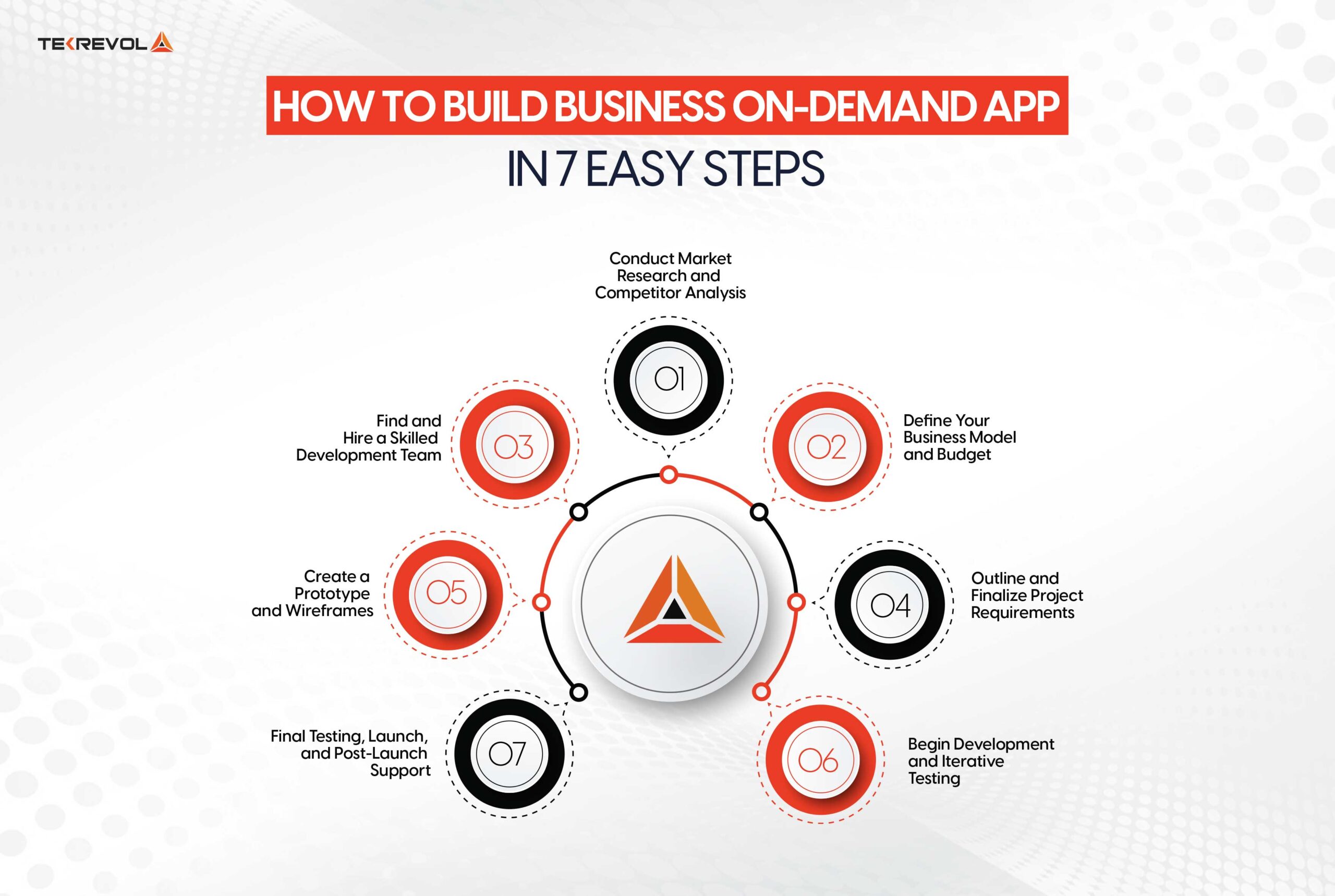
The process of forming an on-demand app is challenging and needs planning, quality development, and implementation. Here’s a streamlined, step-by-step guide to on-demand app development to help you navigate the process effectively:
1. Conduct Market Research and Competitor Analysis
Start with competitive analysis and market analysis to find out what is currently popular and where firms stand. Know your audience, which aspects matter most to them, and how you can offer something unique.
Take into account factors that will affect the app’s functioning and design, such as the target demographics, periods of high usage, and preferred payment methods. This phase will provide you with a more refined vision of the functionality and technology that your app will require.
2. Define Your Business Model and Budget
Decide monetization strategies for the on-demand app, how you intend to monetize the application, and how much money you estimate to spend on the project based on the chosen model. Once your model is established, begin calculating expenses based on the app’s complexity, the required features, and the technology you believe is suited for developing the app.
This stage will also assist in estimating development expenses and separating top priorities from nice-to-have features as per the stated budgetary plan.
3. Find and Hire a Skilled Development Team
The most difficult stage in developing an on-demand application is finding the right On-demand app development company.You should look for companies that specialize in designing on-demand applications and have a portfolio of similar projects. This is to identify a team or organization that can handle the entire life cycle of your application, including ideation and development, post-launch updates, and maintenance.
TekRevol is an Inc. 5000-nominated app development company specializing in creating sustainable on-demand apps, completing more than 400 projects. The key example includes Your Nurse, an on-demand healthcare application developed for nurse practitioners, connecting healthcare professionals with patients in need of urgent care. You can choose TekRevol for any kind of On-demand app.
- Looking to launch a high-performance on-demand app?
- TekRevol offers end-to-end expertise to ensure your app stands out and delivers real value.
4. Outline and Finalize Project Requirements
Now that you have your team, specify and describe in detail the requirements of the application you want to develop. This step includes defining the minimum requirements (like tracking, payment, and users) and additional features that might give the edge to your app.
You also need to discuss the required specifications for the application, including the various software solutions to be used, servers, etc. Detailed requirements ensure a laid down plan for development and avoid future changes which can be very expensive.
5. Create a Prototype and Wireframes
A prototype can assist a designer in better understanding how a user will browse your application and how the overall layout will look. Prototypes, or rough sketches of each view, can be used to create user interactions and ensure that the app’s flow is understandable.
The designer team will provide you with the prototype, or conduct focus groups with consumers to examine the layout and functioning. These early tests can assist offer the necessary knowledge while also preventing large-scale changes during full-scale development.
6. Begin Development and Iterative Testing
With the fundamentals laid down, the next phase is the on-demand app development process. Choose your operating system whether you are developing for iOS, Android, or both, and start developing the basic functionalities.
Development is typically divided into stages, with the first being simple interfaces and the subsequent ones being more complex. During each stage, testing should be as continuous as feasible to eliminate bugs as soon as possible.
7. Final Testing, Launch, and Post-Launch Support
Finally, before deploying your app, make sure it has been thoroughly tested to reduce any residual errors or difficulties. It includes user testing, functionality testing, and performance testing under varying settings. After all of the tests have been completed, you can deploy the application to the App Store and Google Play.
However, the process does not end there, maintenance is required to address issues, respond to customer input, and provide updates or new features. It is important to develop a good support strategy so that your app remains relevant over time and consumers continue to find it engaging.
Estimated Cost to Build On-Demand App
On average, the cost to develop an on-demand app floats between $30,000 and $250,000 +, based on app complexity and features. Some of the most influential cost drivers are the platform of creation (iOS, Android, or both), features, a back-end system, and design.
Here’s a quick overview of the typical costs for developing an on-demand app:
| Type of On-Demand App | Estimated Cost | Estimated Time Duration | Description |
|---|---|---|---|
| Basic On-Demand Apps | $30,000 to $120,000 | 2 to 4 months | Ideal for apps with essential features like user registration, basic profiles, and simple interfaces. |
| Moderate-Complexity On-Demand Apps | $120,000 to $200,000 | 4 to 6 months | Includes more advanced features such as real-time tracking, custom UI/UX, and additional integrations. |
| Advanced On-Demand Apps | $200,000 to $300,000+ | 6 to 12 months | Complex apps that leverage AI-driven recommendations, extensive data processing, and scalable infrastructure. |
It is important to note that each stage of development is defined by a certain set of traits and technological demands. However, if you have specific requirements, such as developing an on-demand doctor app, an on-demand car wash app, or an on-demand delivery app, please contact our team to share your ideas and receive professional advice.
Our expert developers will assist you in outlining the app requirements and provide you with an accurate estimate of the cost and timeline for your future project.
- Have an on-demand app idea but need clarity on the budget?
- Use our cost calculator for a detailed estimate and take the first step toward your vision!
Partner with TekRevol to Build an On-Demand App
With the advancement of on-demand apps changing industries, TekRevol is at the forefront of these advancements. We focus on creating custom solutions that meet the needs of a specific company or organization.
Our team of expert professionals deals with the development of innovative applications across various industries including food delivery, healthcare, transportation, and other services.
Our working process starts with the assessment of your organizational goals and target audience when you decide to cooperate with us. We develop apps that align more closely with the needs of the users, and at the same time, are adaptable to changes in trends. Our prime concern revolves around providing clean UI and the flow of action as well as integrating state-of-the-art technology.
At TekRevol, we conduct extensive testing on every app we create, paired with ongoing care and support to keep it performing at its best after release. You can check out our Portfolio and in-depth project demos on our Clutch page to see how we’ve helped businesses like yours.
- Launch your next big on-demand app with TekRevol.
- Our developers emphasize high standards in quality and security to deliver exceptional on-demand app development solutions.
Wrapping Up
On-demand app solutions are transforming the user experience in a variety of areas, and their popularity is expected to rise even further. These applications have become rather commercialized, earning millions of dollars in their early stages and drawing a variety of businessmen from diverse areas eager to capitalize on their potential.
On-demand app development is the ideal software product for any organization, whether it is a new startup or a well-established one. From On-demand food delivery applications to mobile medical apps, the on-demand approach is adaptable to any business.
If you want to create your on-demand App, this blog will help you get started. It is not difficult to collaborate with the best on-demand app development company and receive a fully customized application that perfectly matches your company’s requirements.

 478 Views
478 Views November 12, 2024
November 12, 2024